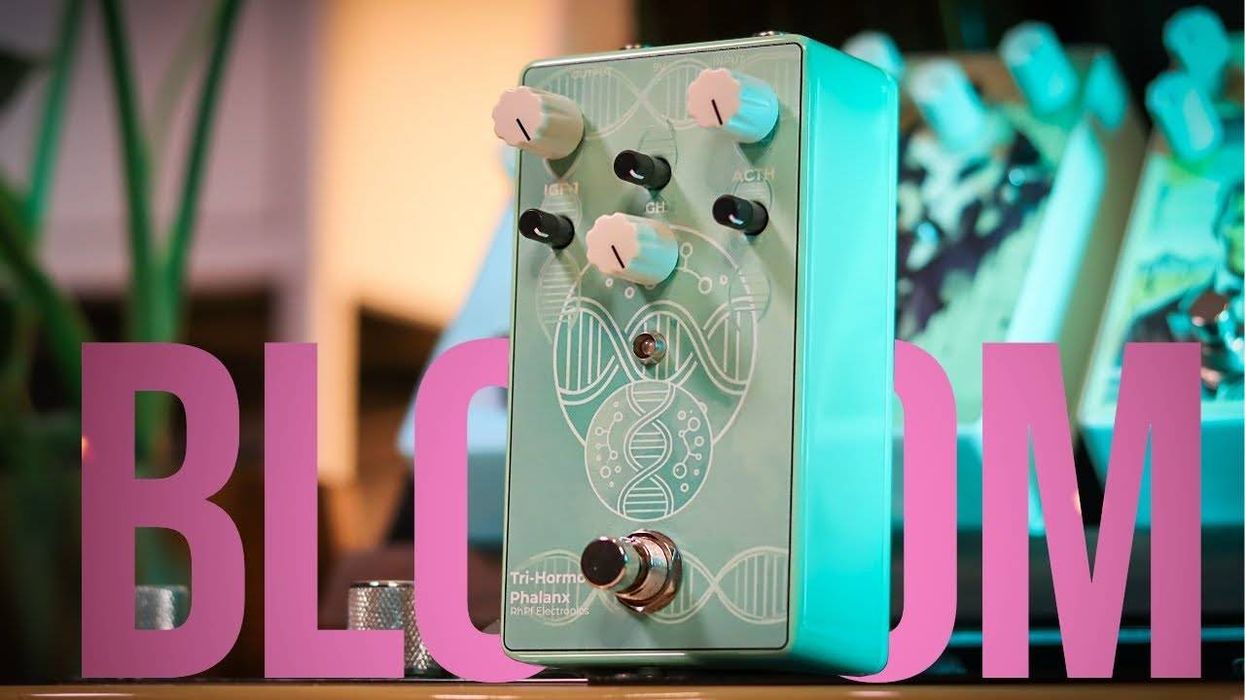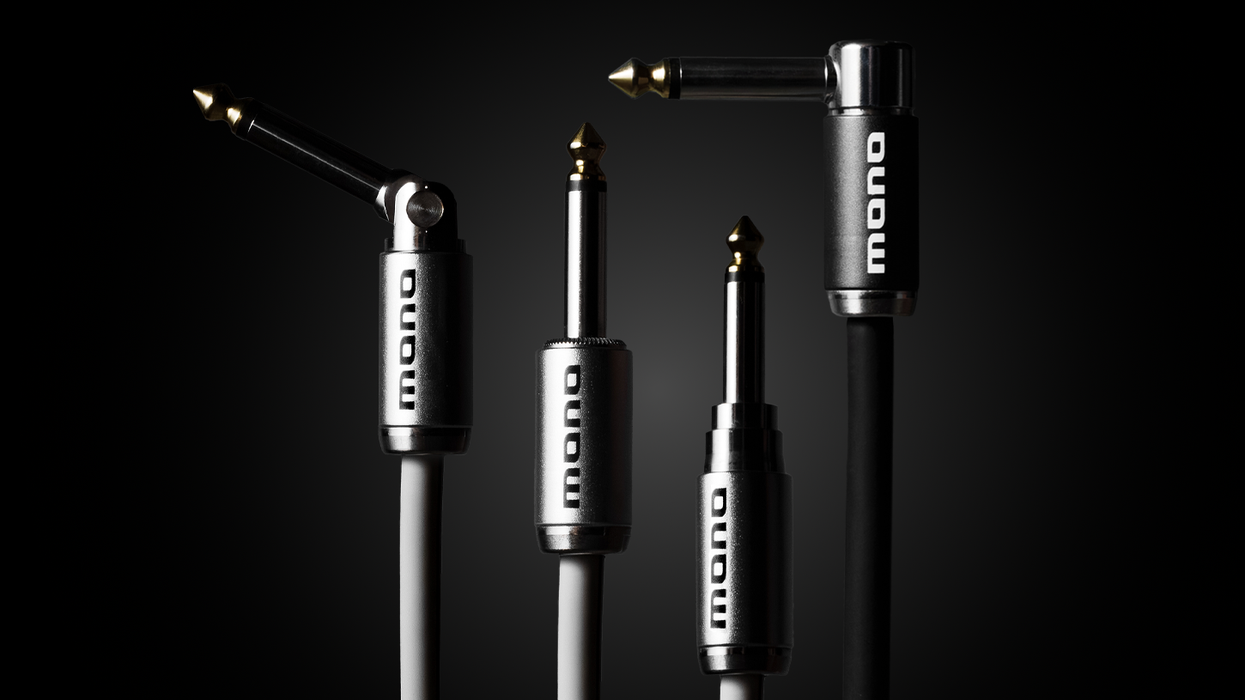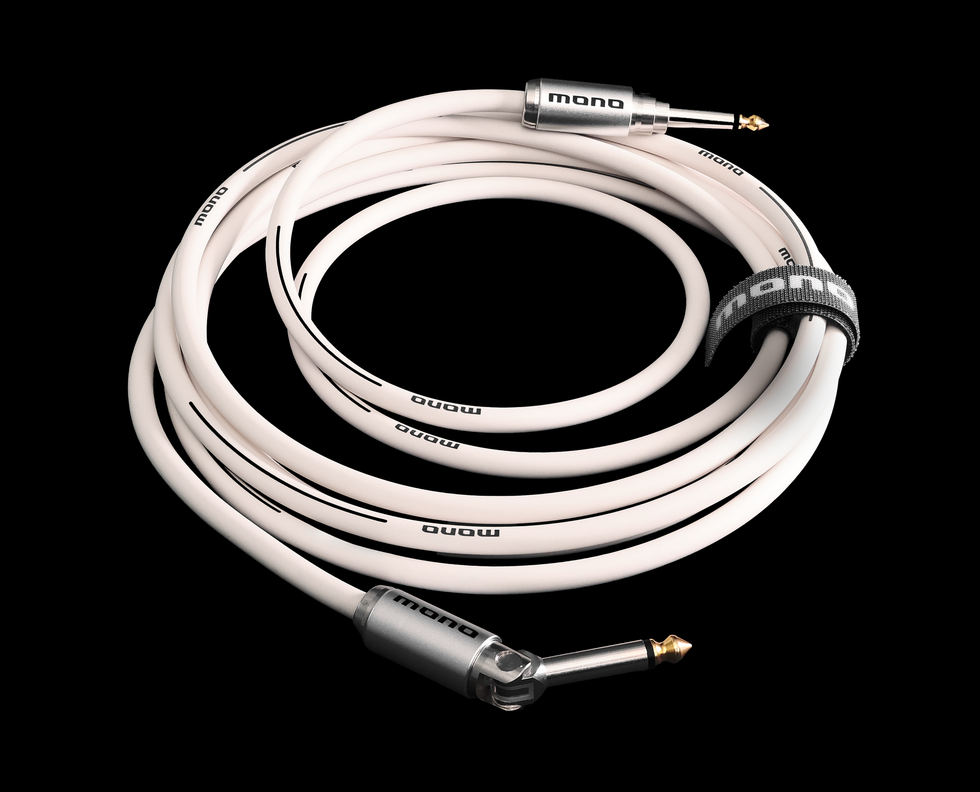As I sat down to write this column, my cell phone began beeping at the same pitch, over and over. Immediately I knew that the pitch was an interval of a perfect fifth away from the tonal center of the music that was playing in the background. Unable to name the pitch or home key, I could nevertheless tell that the interval between them was a fifth, which illustrates this month’s topic: the difference between perfect and relative pitch. Being able to identify intervallic relationships between pitches is called relative pitch, while perfect pitch refers to someone who can name both the intervallic distance and the actual note names without thinking twice.
Let’s first look at perfect pitch. A person who has perfect pitch can do the following things:
- Assign note names to individual pitches as they are played on any instrument
- Name the key of a given piece of music
- Identify the notes in a given chord
- Sing a pitch without an external reference
- Name pitches heard in everyday life, such as a car horn or alarm.
Individuals with perfect pitch invariably remember always having had it. In much the same way we see a color and refer to it as red, a person with perfect pitch hears a tone and knows it is a Bb; the pitch memorization involved associates a pitch with a note name every time. For some, the skill is so advanced that the person can tell how many cents the pitch is off from the tempered scale. Another person with perfect pitch has described it this way, “I basically have twelve buckets, and every note I hear goes into one bucket, although I can get fooled if you give me a note that’s in-between pitches.” More often, this does seem to be the type of perfect pitch that most people possess, where a pitch occupies a predefined pitch area.
Despite the fact that home ear-training courses have been around for years promising the development of perfect pitch, experts and researchers with surprisingly few exceptions seem to agree that genuine perfect pitch cannot be learned later in life. In a recent study by Levitin and Rogers Deptartment of Psychology and Center for Interdisciplinary Research in Music, Media, and Technology, McGill University, Montreal, the conclusion was that “absolute pitch, the rare ability to label pitches without external reference, appears to require acquisition early in life.”
Assuming that all of the above is true about perfect pitch, as a musician without that innate ability, what can you do? Like the vast majority of aspiring musicians, I was left with only one option – developing my sense of relative pitch. There is no doubt that this skill can be learned. Relative pitch involves the practice of hearing pitch relationships. A person with well-developed relative pitch can do the following once an external reference note or chord has been provided:
- Assign interval names to pitch relationships heard – such as perfect 4th, minor 3rd, etc.
- Hear and name ranges of sounds – major, minor, diminished, augmented, etc.
- Determine and name chord qualities – major7, minor7, etc.
- Repeat phrases and melodies on their instrument as soon as they are heard
- Hear key movements and know the distance
Jim Bastian
A clinician and jazz educator, Jim Bastian is a 10 year veteran of teaching guitar in higher education. Jim holds two masters degrees and has published 6 jazz studies texts, including the best-selling How to Play Chordal Bebop Lines, for Guitar (available from Jamey Aebersold). He actively performs on both guitar and bass on the East Coast. An avid collector and trader in the vintage market, you can visit Jim’s store at premierguitar. (dealer: IslandFunhouse).














